Defying the mythic Parisienne
At the Musée Carnavalet, dedicated to the history of Paris, a new exhibition explores Parisian women through the historical prism of feminism – spanning the solitary figures, larger movements and achievements from the French Revolution through the dawn of the 21st century. Curator Christine Bard, professor of contemporary history at the University of Angers (UMR TEMOS), member of the University Institute, discusses this ambitious show in the context of the mythic Parisienne and how transformations in dress helped embolden women’s sense of self.
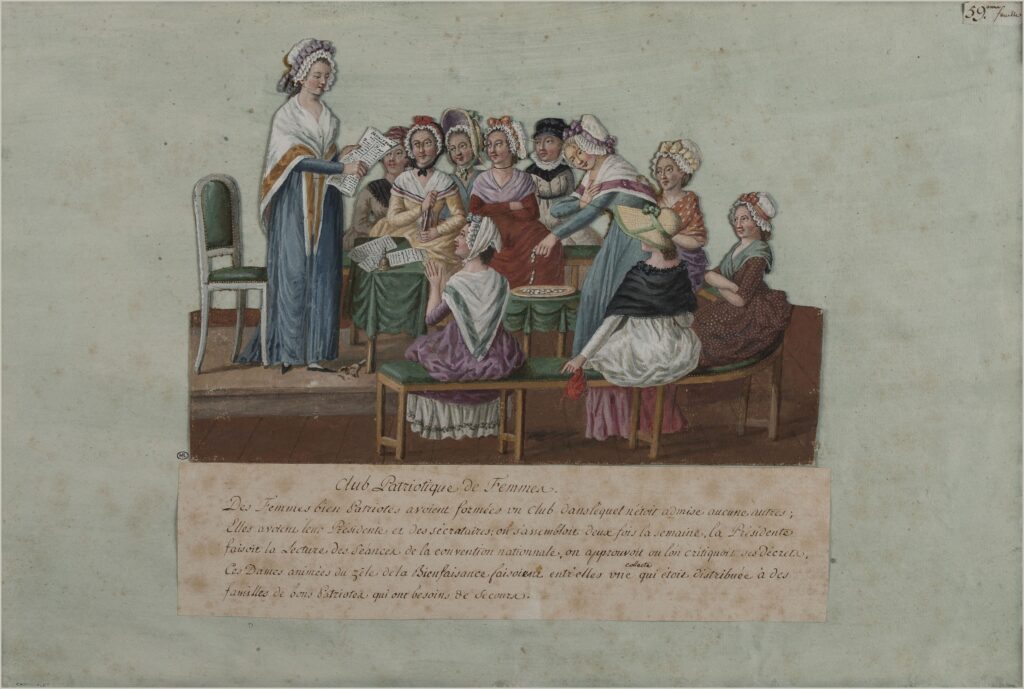
Is the Parisian woman highlighted by the exhibition the antithesis of the “Parisienne” so often admired? Or is she merely one of its faces?
The Parisian woman is a myth, and we can ask ourselves if it benefits or harms the interests of Parisian women in real life. The exhibition shifts to the plural: Parisian women citizens each hold their own unique identity. They are women in action, who invent, who fight, who resist, who demonstrate, who want to study, to vote, to present their bodies… The myth of the Parisian woman was partly inspired by reality, by this fighting spirit.
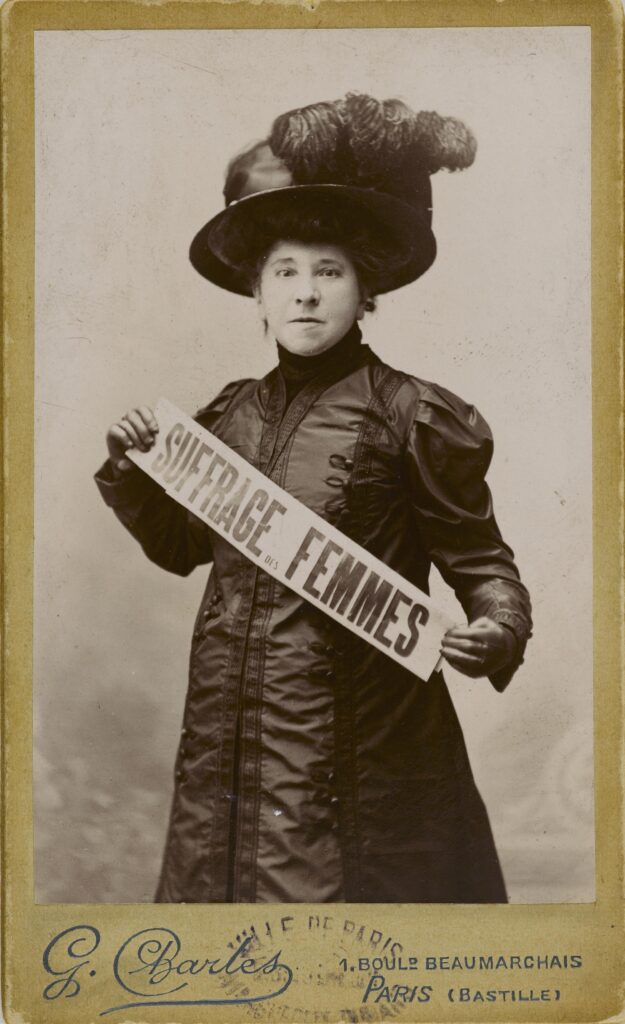
What makes the Parisian woman’s engagement different from her contemporaries in other major cities?
Paris carries a very specific history. For a long time, it was a popular city shaken by a succession of revolutions where women were very active. The richness of the cultural, artistic, and intellectual life, and the early opening of universities to women attracted them from all over the world. George Sand is a model of freedom. In Paris, the rate of women’s activity was very high, the voluntary birth reduction started early, common-law unions were frequent, and prostitution was common. Paris is far from being a world capital of feminism. If the word itself was invented here, the corresponding movement for women’s rights was less strong than in London or Berlin. French women obtained the right to vote quite late, in 1944.
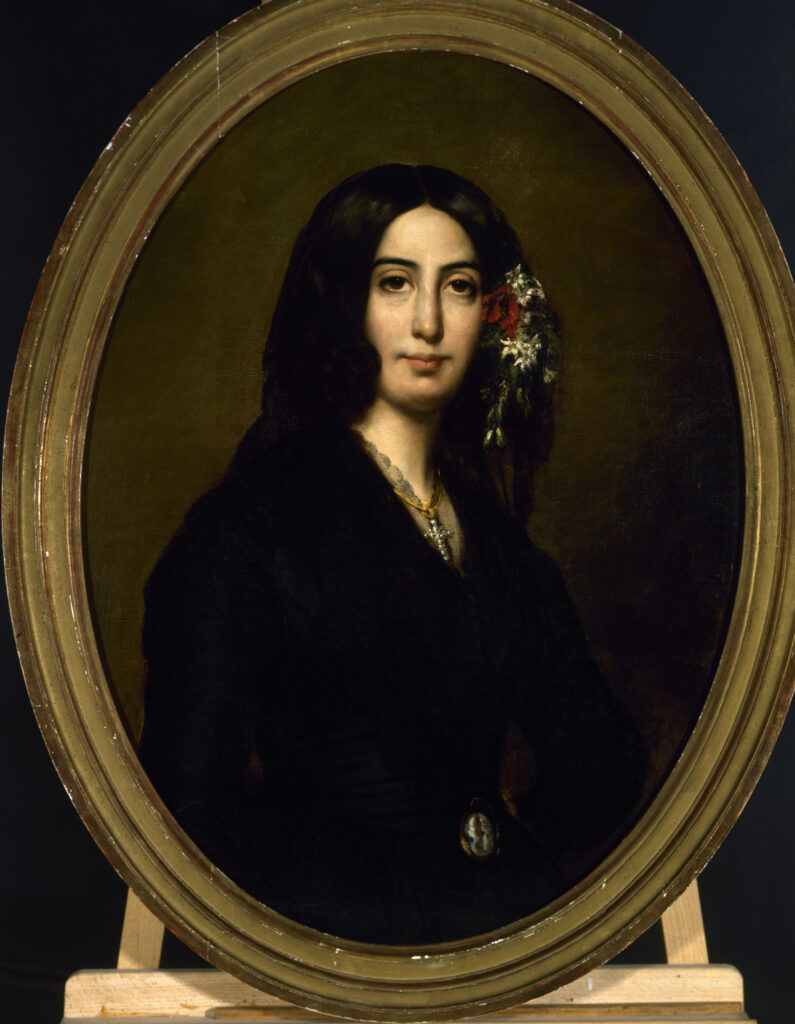
In the 19th century, George Sand’s pants made the headlines. The writer defied convention to claim equality between men and women through her clothing. To what extent can clothing become a banner of protest? Are there other examples in the exhibition?
For George Sand, there are various reasons why women should wear men’s suits: for instance, convenience and lower cost. Indeed, there are other examples, including the fantasy of the revolutionary riding sidesaddle, the tomboyish women in pants created by agencies in the early 1930s, and the May ’68 activists wearing jeans. Also, in specifically, the great theorist, activist and first-wave feminist, Madeleine Pelletier (1874-1939).
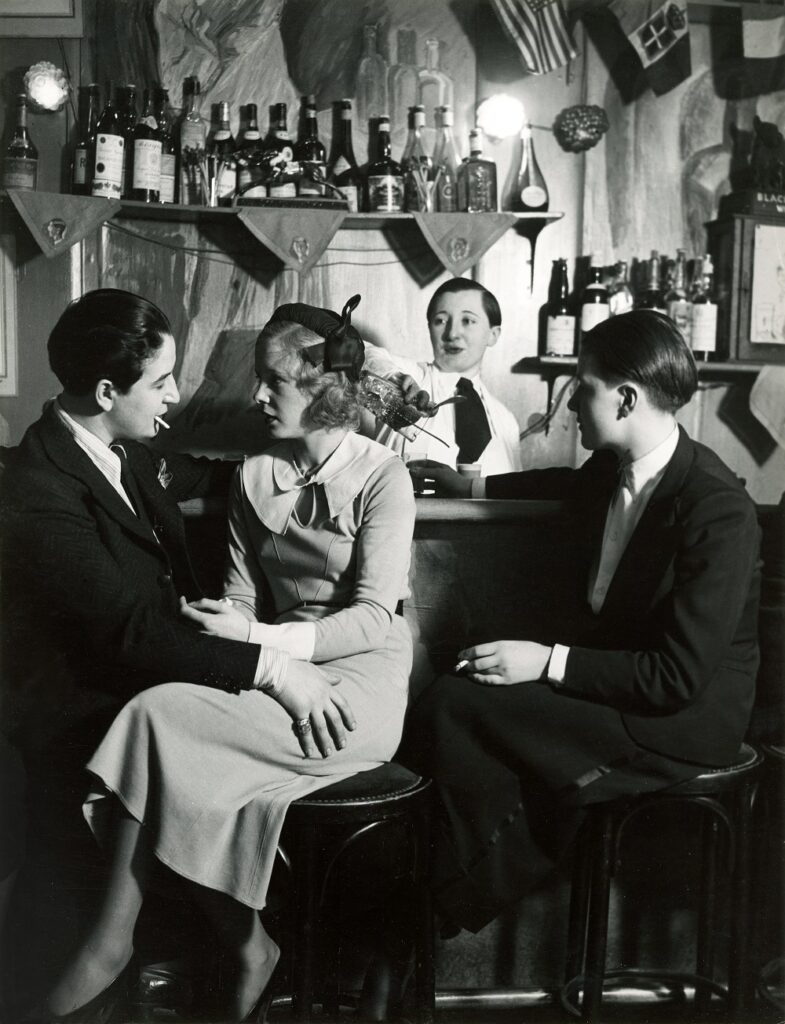
Among these icons celebrated in the exhibition, is there one that best illustrates this rebellious spirit?
We didn’t want to glorify a few figures. Rather, we highlight the multitude, the diversity, the communities. Everyone can find the rebel or rebels of their heart, in all fields: arts, sciences, politics, social issues, education, etc. They can also go beyond the few figures – not so many, unfortunately –already acknowledged from the past through to contemporary women. The rebellious spirit lies in the works of several artists featured in the exhibition: Miss Tic, ORLAN, Niki de Saint-Phalle, Camille Claudel… and of course photographers such as Janine Niepce. Visitors will also discover this through modest archives, small format, black and white photographs or in objects such as suffragist banners that date back more than a century.
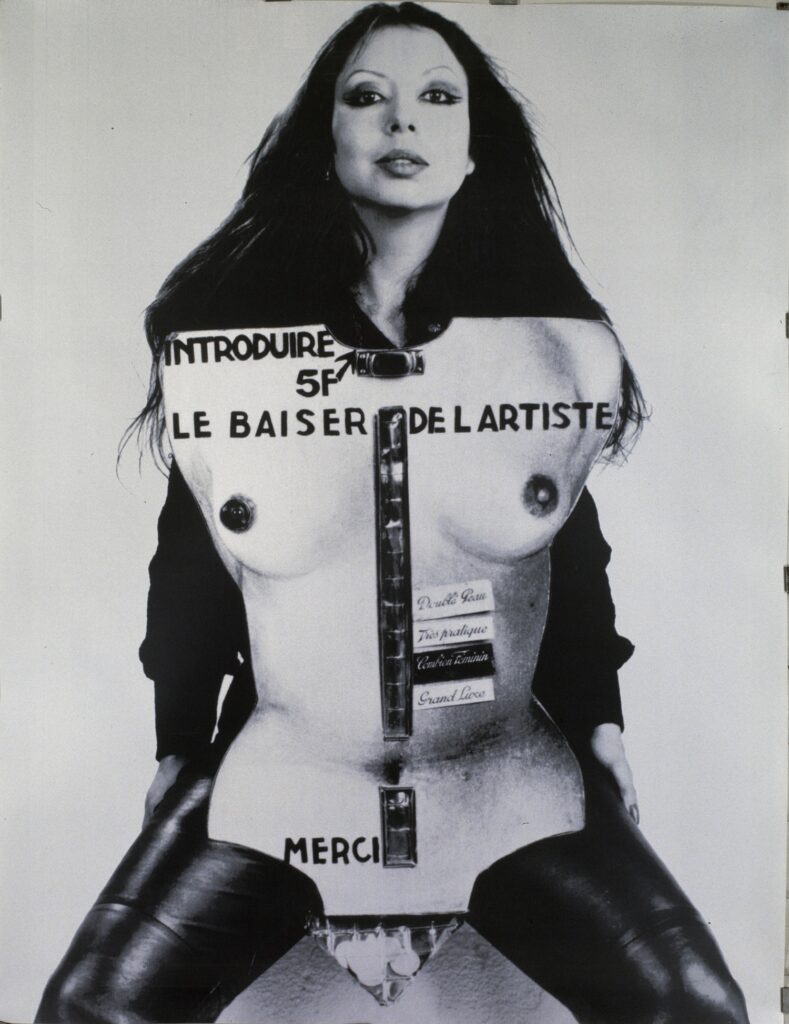
This interview has been lightly edited for clarity.
Parisian Women: The Fight for Emancipation (1789-2000) runs from September 28th to January 29th, 2023 at the Musée Carnavalet in Paris.



